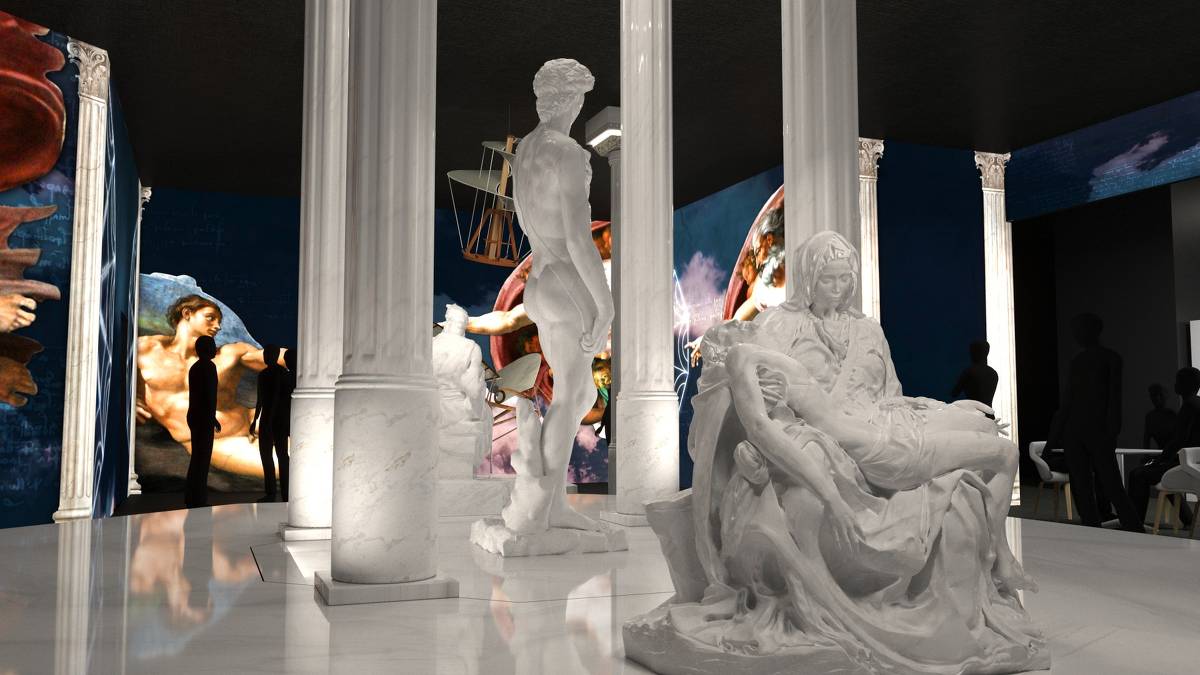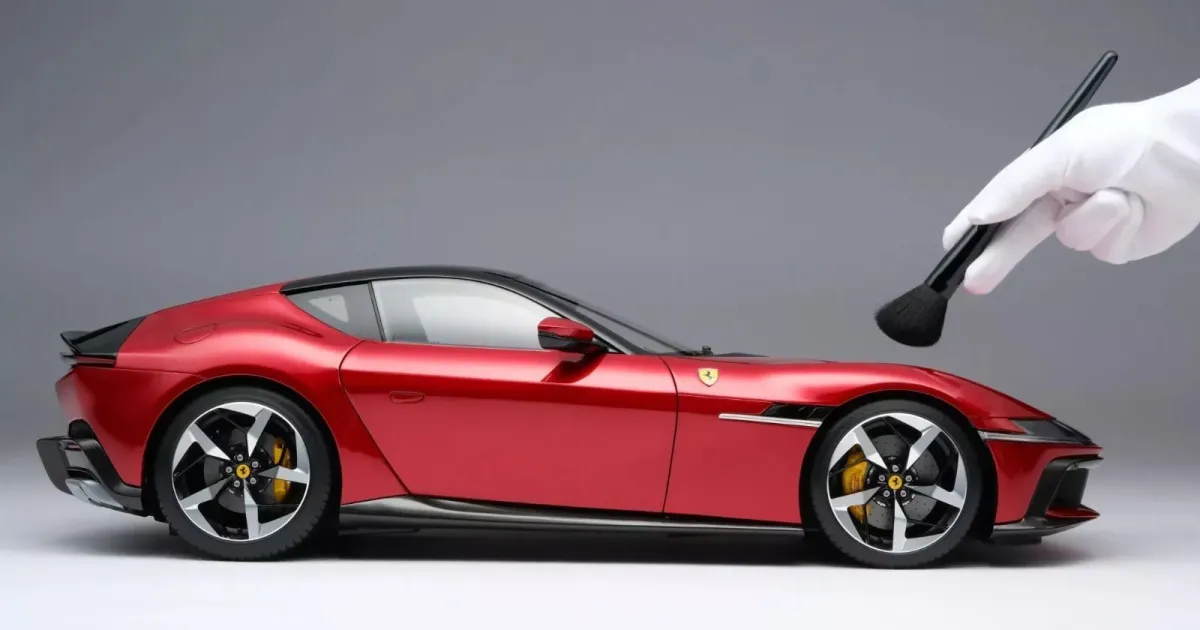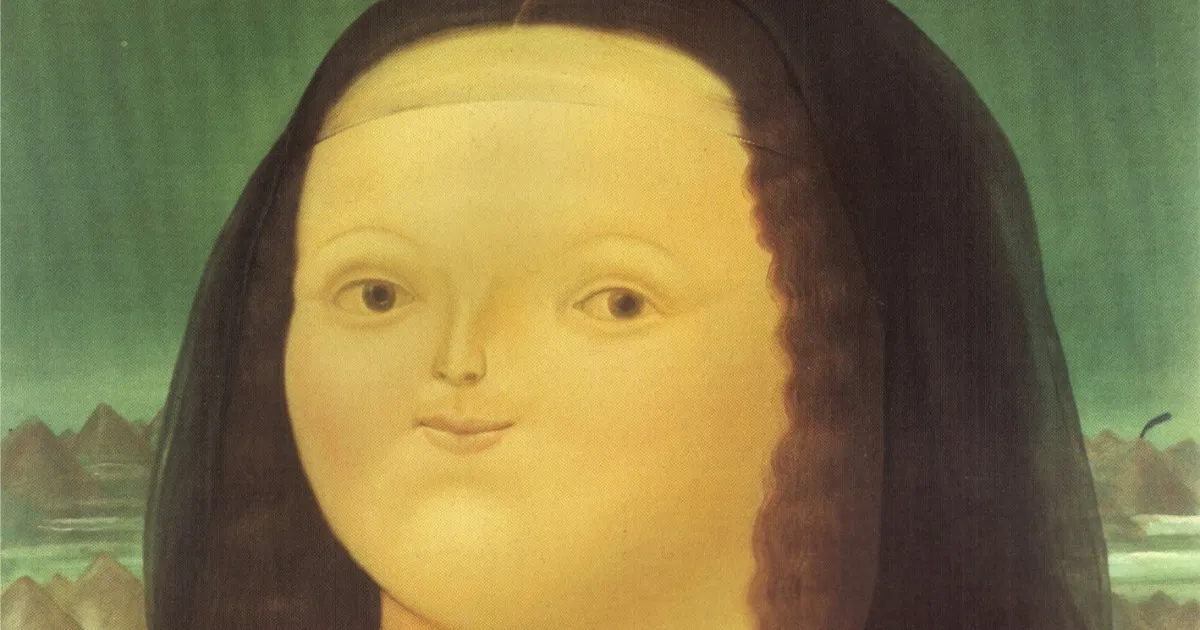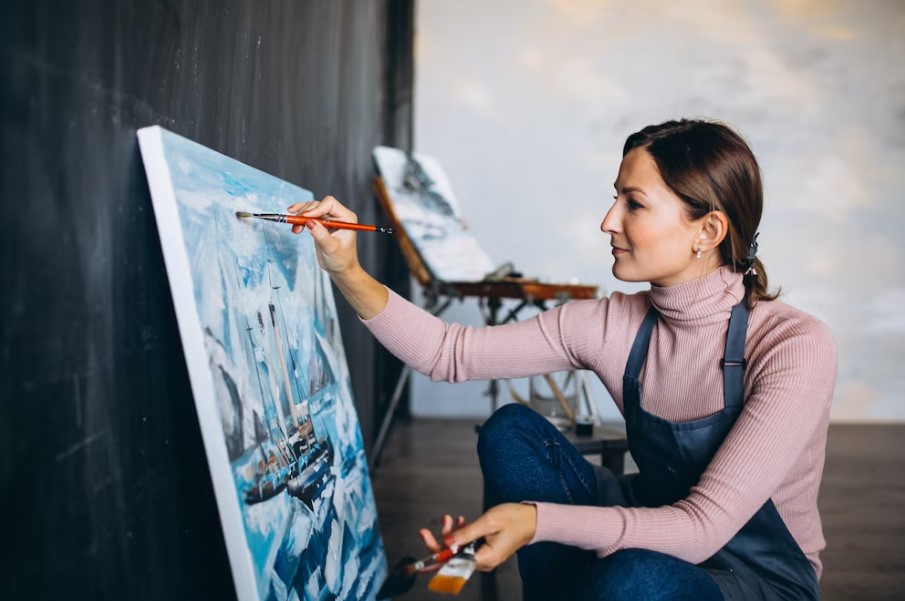Miniature portraits on snuff boxes and cameos represent one of history’s most refined and intimate art forms, capturing faces and emotions in the smallest of spaces.
✨ The Golden Age of Portable Portraiture
Between the 17th and 19th centuries, European aristocracy and emerging middle classes discovered a passionate obsession with carrying loved ones close to their hearts—quite literally. Miniature portraits adorning snuff boxes, cameos, and lockets became symbols of affection, political allegiance, and social status. These tiny masterpieces, often no larger than a thumb, required exceptional artistic skill and represented the pinnacle of personal adornment.
The art form emerged during a period when photography didn’t exist, and commissioning a full-sized portrait was prohibitively expensive for most people. Miniature portraits offered an accessible alternative, allowing individuals to possess intimate likenesses of family members, lovers, political figures, or patrons. Artists specialized in this demanding craft, developing techniques that allowed them to capture extraordinary detail on surfaces measuring just a few centimeters across.
🎨 The Technical Brilliance Behind Snuff Box Portraits
Creating a portrait on a snuff box lid required mastery of multiple disciplines. Artists typically worked with watercolor on ivory, a medium that provided a luminous, translucent quality perfectly suited to capturing skin tones and delicate features. The ivory surface was carefully prepared, often slightly dampened to allow pigments to penetrate and create depth.
Painters used brushes with just a few hairs—sometimes a single hair—to apply colors in minute stippled dots or fine hatching strokes. This pointillist approach created subtle gradations of tone invisible to the naked eye except as smooth transitions. The most skilled miniaturists could render individual eyelashes, the texture of fabric, and even the sparkle of jewelry with astonishing precision.
Materials and Methods of the Masters
The finest snuff box portraits utilized premium materials that enhanced both beauty and durability. Gold and silver boxes served as canvases, with portrait miniatures set into lids, sometimes surrounded by pearls, enamel work, or precious stones. The boxes themselves became composite artworks where metalwork, gem-cutting, and painting converged.
Artists ground their own pigments from natural materials—cochineal for reds, lapis lazuli for blues, and gold leaf for highlights. Gum arabic served as a binder, creating transparent washes that built up gradually. The entire process demanded patience; a single portrait might require dozens of sessions over several weeks.
💎 Cameos: Sculpted Stories in Stone
While painted miniatures flourished, carved cameos represented a parallel tradition with roots stretching back to ancient Greece and Rome. Renaissance artisans revived this classical art, and by the 18th century, cameo portraits had become fashionable accessories worn as brooches, pendants, and incorporated into snuff boxes alongside painted miniatures.
Cameo carvers worked with hardstone materials featuring natural color layers—typically agate, onyx, or sardonyx. The artist carved away darker layers to reveal lighter stone beneath, creating contrast between subject and background. Shell cameos, particularly those carved from helmet shells, offered similar layering with the advantage of being easier to work and more affordable.
The Carver’s Challenge
Creating a recognizable likeness in profile relief required sculptural understanding and exceptional hand-eye coordination. Unlike painters who could make corrections, cameo carvers worked with unforgiving materials where a single misplaced cut could ruin hours of work. They employed tiny chisels, files, and abrasive powders, gradually revealing the portrait from the raw stone.
The most celebrated cameo carvers achieved fame comparable to painters. Artists like Giovanni Pichler and his family workshop in Rome produced works sought by collectors across Europe. Their portraits captured not just physical features but personality, with subtle details in expression and carving depth that brought subjects to life.
📜 Social Significance and Hidden Messages
Snuff boxes with portrait miniatures served purposes far beyond decoration. They functioned as diplomatic gifts, tokens of royal favor, and political statements. Monarchs commissioned portrait boxes by the hundreds, distributing them to courtiers, ambassadors, and military officers as rewards for service. The value of the box—determined by its materials and the artist’s reputation—communicated the recipient’s status and the giver’s esteem.
During periods of political upheaval, portrait miniatures became symbols of loyalty. Supporters of deposed or executed rulers wore their likenesses secretly, maintaining allegiance during dangerous times. Following the French Revolution, Royalist sympathizers commissioned miniature portraits of Louis XVI and Marie Antoinette, often concealed in lockets or secret compartments.
Romantic Tokens and Memorial Pieces
Lovers exchanged portrait miniatures as pledges of devotion. Before photography, these tiny paintings represented the only way to carry a beloved’s image during separations caused by travel, military service, or social circumstances. The intimacy of gazing upon a miniature portrait created a personal connection across distances.
Memorial miniatures commemorated the deceased, sometimes incorporating actual hair from the departed woven into decorative patterns beneath crystal. These mourning pieces, popular especially during the Victorian era, blended portraiture with symbolism—willow trees, urns, and angels accompanied the portrait, creating elaborate narratives of loss and remembrance.
🏛️ Famous Collections and Notable Examples
Museums worldwide preserve extraordinary collections of portrait miniatures and cameos. The Victoria and Albert Museum in London houses one of the most comprehensive collections, with over 2,500 miniatures spanning five centuries. The Metropolitan Museum of Art in New York, the Wallace Collection, and the Hermitage Museum all maintain significant holdings that demonstrate the art form’s evolution and geographic spread.
Among the most celebrated pieces are Nicholas Hilliard’s portraits of Elizabeth I and courtiers from the Elizabethan era. These English miniatures established conventions that influenced the art form for generations—the use of playing card backs as support, the emphasis on costume details, and the incorporation of symbolic elements like flowers and inscriptions.
Royal Commissions That Made History
Louis XVI presented a portrait box by miniaturist Louis-Marie Autissier to Benjamin Franklin in 1785, set with 408 diamonds. This diplomatic gift symbolized Franco-American relations following the Revolutionary War. Such presentation boxes represented significant financial investments—the diamonds alone were worth a small fortune, while the miniature portrait demonstrated artistic prestige.
Catherine the Great of Russia amassed an enormous collection of portrait miniatures, commissioning works from leading European artists. Her collection included not only Russian nobles but also Enlightenment philosophers and foreign monarchs, reflecting her intellectual ambitions and political connections.
🎭 Artistic Styles Across Centuries
Portrait miniature styles evolved alongside broader artistic movements. Early Renaissance miniatures featured flat, decorative backgrounds with emphasis on costume and jewels. As techniques developed, artists incorporated atmospheric perspective, subtle modeling, and naturalistic backgrounds that created depth despite the tiny scale.
The Baroque period brought dramatic lighting effects and emotional intensity to miniature portraits. Artists like Samuel Cooper in England mastered the depiction of character and psychology, moving beyond mere physical likeness to capture personality and mood. His portrait of Oliver Cromwell remains famous for its unflinching realism.
Neoclassical Refinement and Romantic Expression
The late 18th century witnessed a neoclassical revival that influenced both painted miniatures and cameos. Artists favored profile views reminiscent of ancient coins and gems, simplified backgrounds, and emphasis on clear silhouettes. This aesthetic aligned with Enlightenment values of clarity and reason.
Romantic era miniatures introduced more spontaneous compositions, outdoor settings, and emotional expressiveness. Artists like Richard Cosway developed a distinctive style featuring loose, sketch-like brushwork that suggested rather than meticulously detailed features, creating an impression of immediacy and intimacy.
📸 The Decline and Rediscovery
Photography’s invention in the 1830s and subsequent commercialization gradually made portrait miniatures obsolete. By the 1860s, cartes-de-visite—small photographic portraits—had become wildly popular and affordable. The time-consuming skill required for painted miniatures couldn’t compete with photography’s speed and accuracy. Miniature portrait painting declined rapidly, with most practitioners abandoning the field by century’s end.
However, cameo carving persisted longer, particularly in Italy where traditional workshops continued producing pieces for tourists and collectors. Shell cameos became souvenirs of the Grand Tour, though artistic standards generally declined from the heights achieved by earlier masters.
Contemporary Revival and Appreciation
The late 20th century saw renewed interest in portrait miniatures as art historical subjects and collectibles. Museums organized exhibitions highlighting technical achievements and social contexts. Auction houses established dedicated sales for miniatures, with exceptional examples achieving substantial prices.
A small number of contemporary artists have revived miniature portrait painting, applying traditional techniques to modern subjects. These practitioners work within an unbroken tradition stretching back centuries, though now creating for art collectors rather than as functional personal accessories.
🔍 Collecting and Authentication Challenges
For collectors interested in portrait miniatures and cameos, authentication presents significant challenges. Unsigned works predominate, requiring attribution through stylistic analysis, materials examination, and provenance research. Copies and outright forgeries exist, particularly of works by famous miniaturists whose pieces command premium prices.
Condition significantly affects value. Miniatures on ivory can develop cracking or yellowing. Water damage, improper cleaning, and exposure to light all cause deterioration. Original frames and boxes add considerable value, as many miniatures were removed from their settings and lost this context.
Building a Collection Wisely
Beginning collectors should educate themselves through museum visits and specialized publications. Handling actual examples—even damaged or modest ones—develops the eye for quality and authenticity. Reputable dealers who specialize in miniatures provide expertise and often offer guarantees of authenticity.
Auction catalogs from major houses serve as educational resources, with detailed descriptions, condition reports, and scholarly essays. Prices vary enormously based on artist attribution, subject importance, artistic quality, and condition. Unsigned works by competent but unknown artists remain relatively affordable, offering opportunities to acquire genuine historical pieces.
🌟 The Enduring Legacy of Miniature Portraits
Portrait miniatures and cameos represent a fascinating intersection of art, craft, technology, and social history. These tiny objects reveal intimate stories—of love, loss, ambition, and identity. They demonstrate that artistic significance isn’t determined by scale; a portrait measuring two inches can possess as much emotional power and technical brilliance as a life-sized canvas.
The best examples remind us of human ingenuity and the desire to preserve connections across time and distance. Before digital images made faces instantly reproducible and shareable, people treasured these carefully crafted likenesses, understanding their value as both art and memory. The miniaturist’s patient skill transformed precious materials into something more precious still—the preserved image of a human soul.
Today, these miniature masterpieces continue to captivate viewers who pause before museum cases, marveling at details rendered with almost microscopic precision. They invite us to slow down, look closely, and appreciate craftsmanship that modern technology has made obsolete but never surpassed. In our age of instant digital reproduction, these hand-crafted portraits remind us that some things gain rather than lose significance through the difficulty of their creation.
Whether painted on ivory or carved from shell, these portraits endure as testaments to artistic dedication, technical mastery, and the timeless human need to hold loved ones close—captured forever in these exquisite miniature masterpieces.
Toni Santos is a visual chronicler and historical researcher who explores the lost language of healing through forgotten instruments and ancient medical design. With a delicate blend of curiosity and reverence, Toni uncovers the mysterious tools once used in temples, apothecaries, and folk practices—objects that echo a time when healing was both art and ritual.
Rooted in a fascination with the intersection of medicine, myth, and craftsmanship, his work traces how past civilizations understood the body, spirit, and cosmos through tools now obscured by time. From vibrational tuning forks and herbal infusion vessels to symbolic scalpels carved with protective motifs, Toni’s visual storytelling gives new life to the technologies that once held deep cultural and curative power.
With a background in historical illustration and material culture, Toni reconstructs these instruments with artistic precision—offering not just images, but narratives that reveal the beliefs, fears, and hopes embedded in the tools of care.
As the visionary behind Vizovex, Toni shares curated archives, interpretive essays, and artifact-inspired artworks that help audiences reconnect with the ancestral roots of healing and the poetic devices once used to restore balance.
His work is a tribute to:
The craftsmanship of early healing technologies
The spiritual symbolism behind medical instruments
The intimate connection between body, tool, and ritual
Whether you’re an enthusiast of forgotten sciences, a student of holistic traditions, or a seeker of the obscure, Toni welcomes you into a world where healing was sacred, and every tool told a story—one wound, one charm, one cure at a time.





